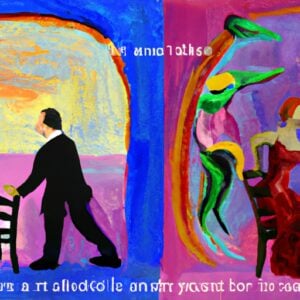English vs. Italian
As already mentioned, there’s a slight difference between the words “also”, “too” and “as well”, especially in terms of how they are used.
Depending on what we want to say, we might use one or the others.
In Italian, we just have one word: anche. There’s a similar word but it’s less common: pure.
Anche
You’ll notice that anche is usually placed before the person, the action, or the object it’s referring to.
In English, some sentences might have double meanings but in Italian, the meaning is less ambiguous and more precise because of the importance of the position of the word “anche”.
You’ll also notice that we could say “anch’io”, with an apostrophe. Both forms are correct.
Voglio venire anche io!
I want to come too!
Anch’io!
Me too!
Anche tu sei andato al cinema ieri?
Did you also go to the cinema yesterday?
Anche a me piacciono i film romantici!
I like romantic movies too!
Ho comprato anche il gelato.
I bought ice cream as well.
Neanche
If you want to say “neither” or “not either”, you can just say neanche.
It is also usually placed before the person, the action, or the object it’s referring to.
If it goes before the main verb, you don’t need the negative word non, but if it goes after the verb you do need it.
Here are some examples:
A: Non posso venire stasera.
A: I cannot come tonight.
B: Neanch’io posso venire.
B: I can’t come either.
In this case, you could just say neanch’io (me neither) without repeating the whole phrase.
Neanche lui sa questa cosa.
He doesn’t know this thing either.
Non mi piace neanche questo film.
I don’t like this movie either.










4 Responses
I am enjoying the format however I am not sure if I have placed myself at the correct learning level?
Ciao Daniel J Re,
I’m glad to hear you’re enjoying the format of our courses! If you’re unsure about your learning level, I recommend revisiting our initial placement test. It’s designed to accurately assess your current proficiency in Italian and place you in the appropriate level. If you’re finding the material too easy or too challenging, feel free to adjust your level accordingly. Remember, the goal is to challenge yourself, but not to the point of frustration.
If you have any more questions or need further assistance, don’t hesitate to ask. We’re here to support your learning journey.
Ciao, it looks like you can’t say neache posso … you need to put io there, is that correct?
Ciao Lori!
We have an entire grammar lesson about neanche at this link.
Happy reading!